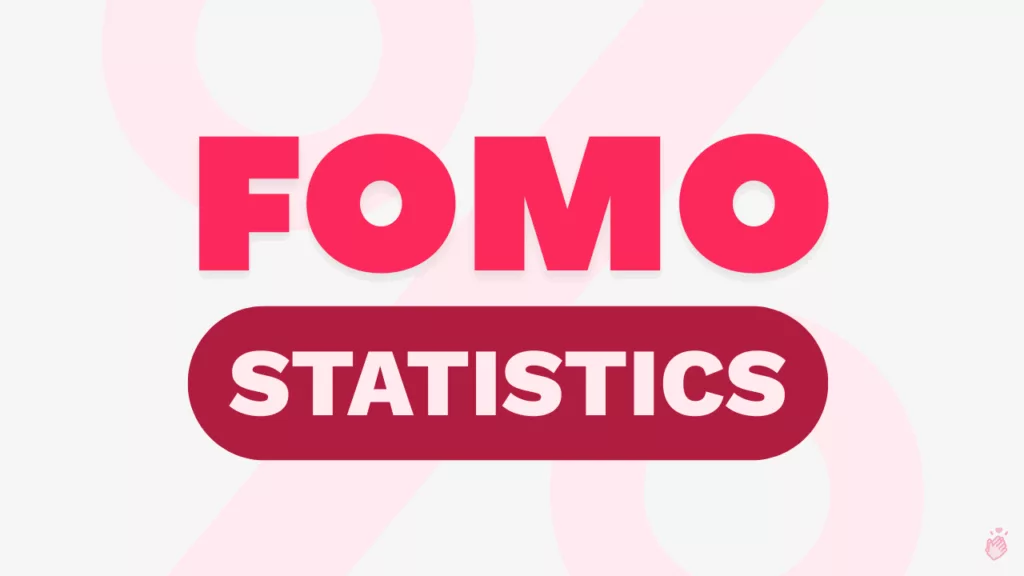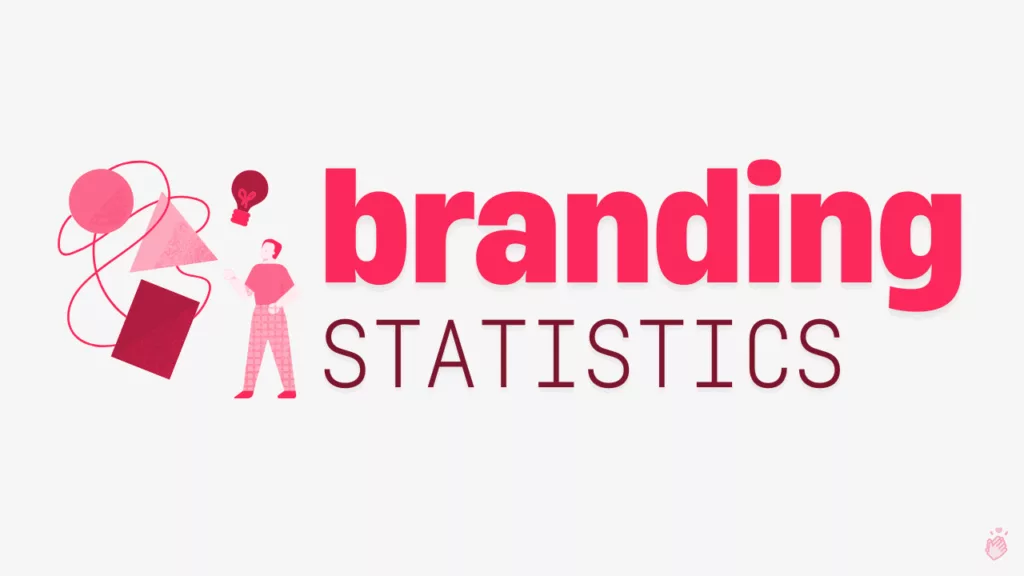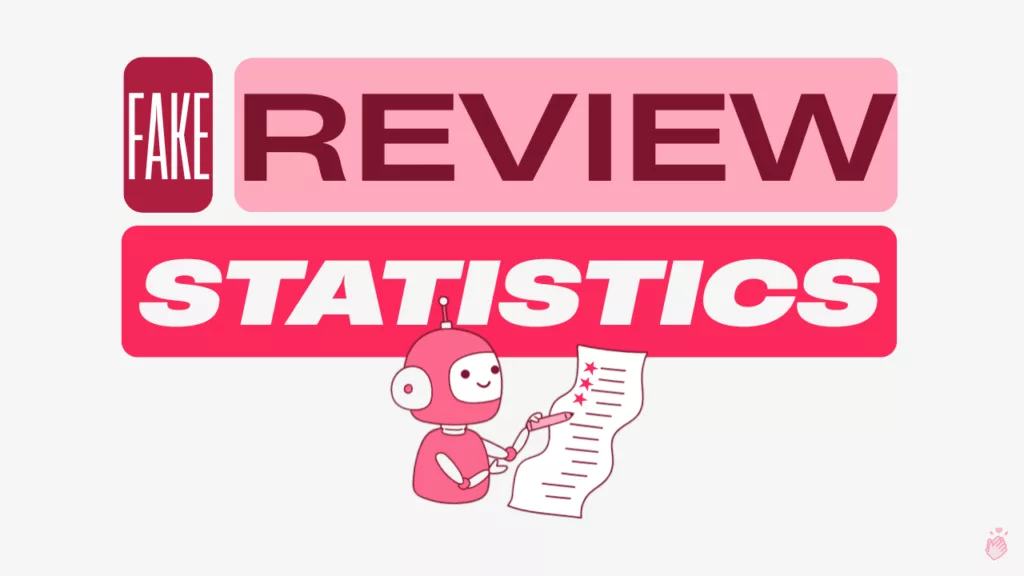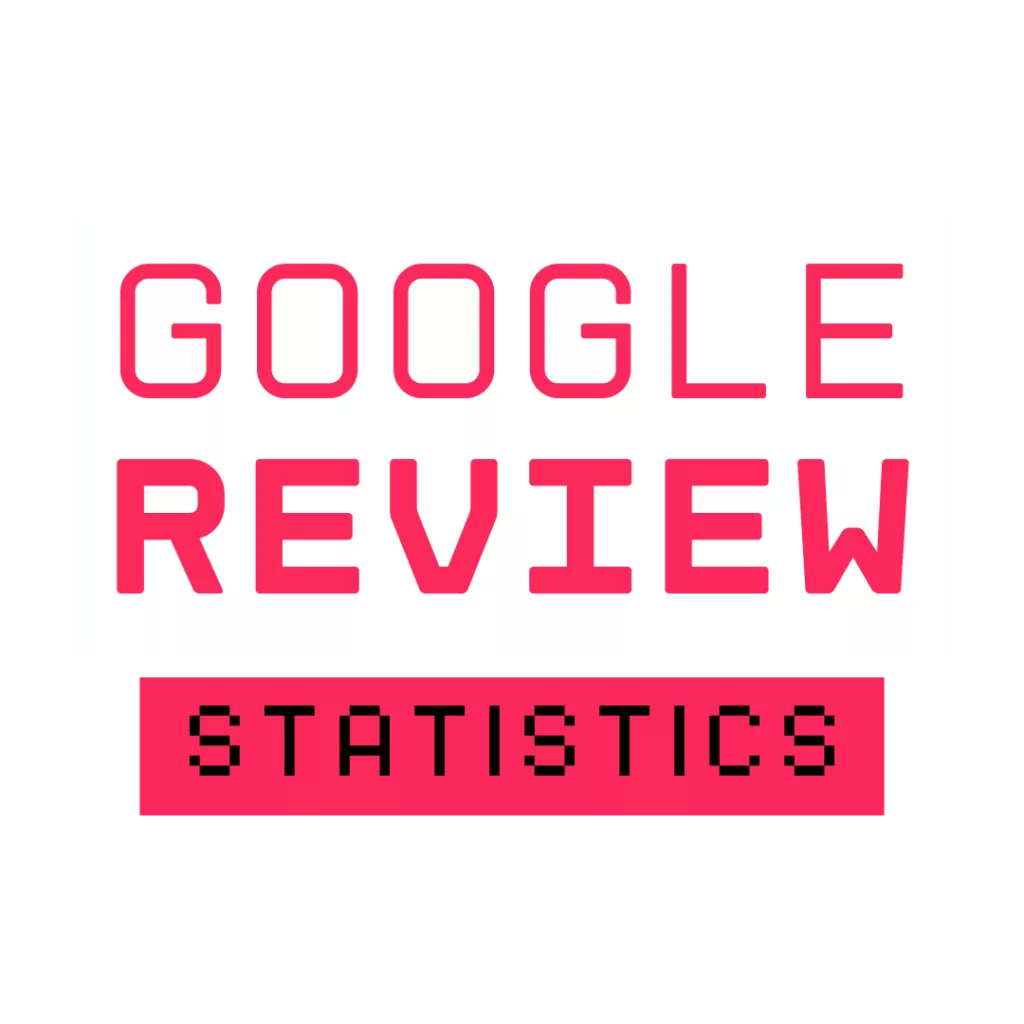
Google reviews are now the front door to your business. In 2025, Google continues to dominate where consumers research, compare, and choose local businesses.
This guide compiles the latest, most-cited Google review statistics and translates them into practical moves for business owners, marketers, and SEO teams.
For a broader look at online review trends beyond Google—including the fact that 95 % of consumers read reviews and 81 % check Google first—see our comprehensive roundup of overall online review statistics.
Quick highlights

- Google hosts roughly 57-58% of all online reviews and holds ~73% of the review platform market share (Sixth City Marketing; LocaliQ).
- 81% of consumers use Google reviews to evaluate local businesses—and 88% read them before choosing one (Sixth City Marketing; SocialPilot).
- Review recency is critical: 73% only trust reviews from the last 30 days; 83% say recency is essential for trust (Sixth City Marketing; Trustmary).
- Reviews influence local rankings (~10% of local SEO factors) and can lift conversions 15-20% and revenue up to 18% (LocaliQ; SocialPilot; WiserNotify).
- The “trust sweet spot” for average rating is about 4.2-4.5 stars (Trustmary).
- Response matters: 53% expect a reply to negative reviews within a week, and 97% read business responses (ReviewTrackers; LocaliQ).
Why Google Reviews Matter
Google is the default discovery engine for local intent. Reviews on your Google Business Profile (GBP) impact:
- Visibility: Reviews and ratings are a known local ranking input (~10%).
- Click-through: Rich snippets, star ratings, and review count increase CTR and map pack selection.
- Trust and conversion: Social proof reduces perceived risk, especially when reviews are recent and responded to.
- Revenue: Positive review profiles correlate with measurable revenue lift.
Share of the online review market
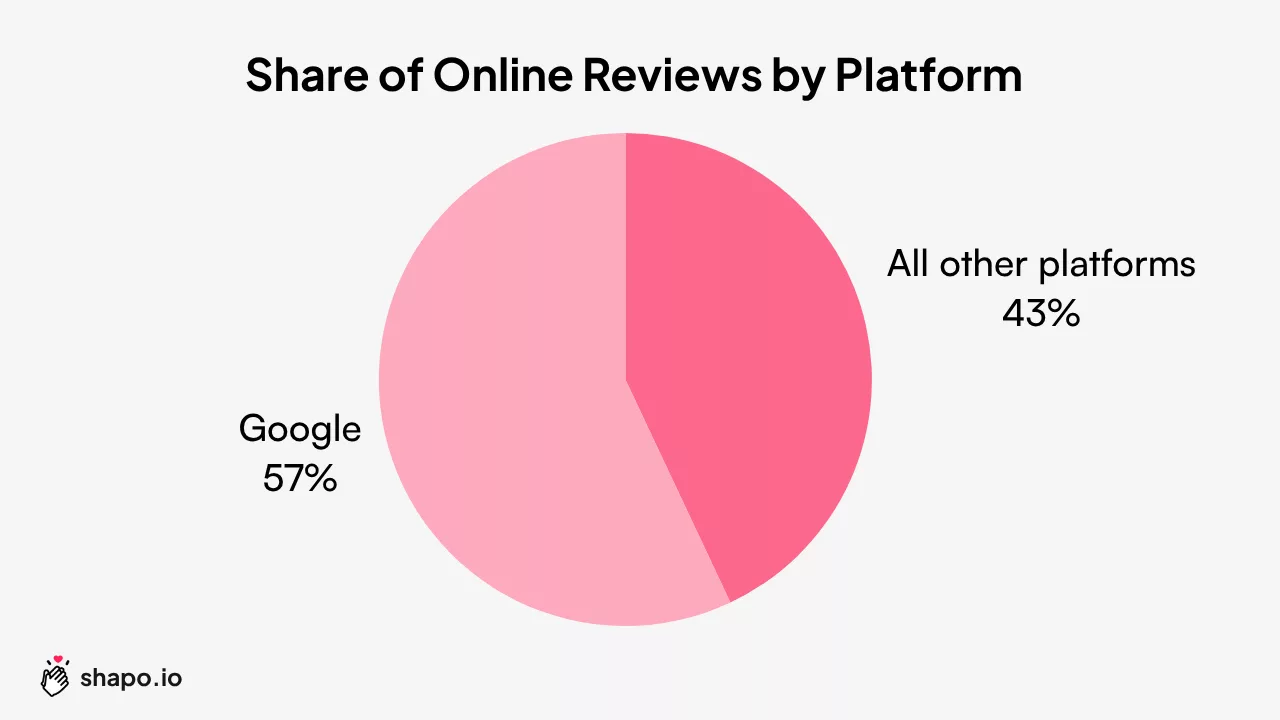
- Four platforms—Google, Facebook, Yelp, TripAdvisor—host about 88% of all online reviews, with Google alone at ~57-58% (Trustmary; LocaliQ).
- Google’s share of the “review platform market” is cited around 73% (Sixth City Marketing).
Why it matters: Investing in Google yields outsized impact on discovery, reputation, and conversions compared with other platforms, though diversification is still wise.
Key Google Review Statistics for 2025
Consumer behavior and trust
- 81% of consumers use Google reviews to evaluate local businesses (Sixth City Marketing).
- 88% read Google reviews before selecting a business (SocialPilot).
- 54.7% of consumers check at least 4 reviews before making a purchase decision (WiserNotify).
- 74% trust businesses more if they have positive Google reviews (SocialPilot).
- 88% trust online reviews as much as personal recommendations (Podium).
Why it matters: Your first impression is your review profile. Show quantity, quality, and recent activity to clear the “trust” threshold quickly.
Recency and cadence
- 73% only trust reviews from the last 30 days (Sixth City Marketing).
- 83% say reviews must be recent to be trustworthy (Trustmary).
Why it matters: Review generation requires ongoing, steady cadence to maintain freshness. It cannot be viewed as a one and done project.
Star ratings and optimal ranges
- 87% of customers engage with businesses rated 3-4 stars (Sixth City Marketing).
- The most trusted average rating range is (4.2)-(4.5) stars (Trustmary).
- More than four negative reviews can deter ~70% of potential customers (LocaliQ).
Why it matters: Because perfection can look suspicious, try to aim for authenticity and operational excellence that earns consistently strong, but not “too perfect,” ratings.
Average number of reviews
- Top-ranking businesses on Google average ~47 reviews (Sixth City Marketing).
- The average local business has ~39 Google reviews (Trustmary).
- Hotels are outliers, averaging ~309 reviews (Trustmary).
Why it matters: In most local categories, targeting 40-50 recent reviews (with continuous flow) is a practical benchmark for competitiveness.
Impact on SEO, traffic, and revenue
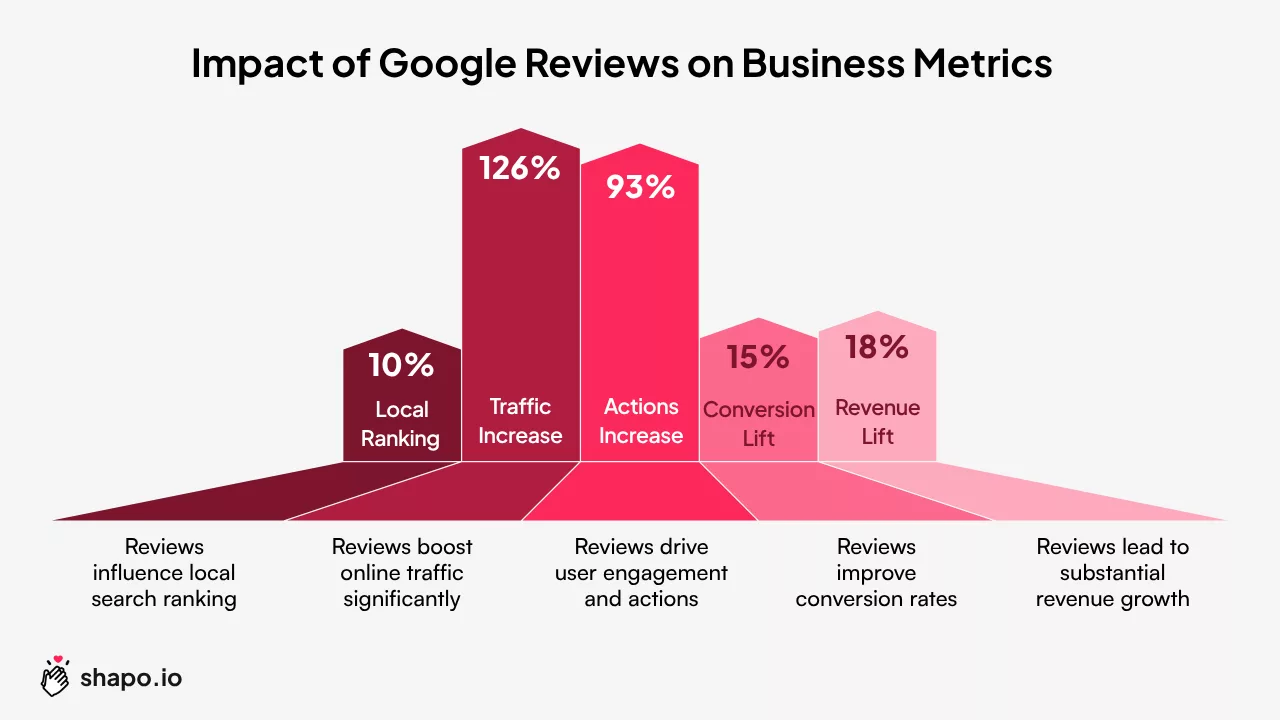
- Reviews account for about 10% of local SEO ranking factors (LocaliQ).
- Reviews can increase website/action conversion rates by 15-20% (SocialPilot; WiserNotify).
- Positive Google reviews are linked to up to 18% revenue growth (SocialPilot).
- Appearing in the Google 3-pack yields ~126% more traffic and ~93% more actions than positions 4-10 (SocialPilot).
Why it matters: Reviews are among the few local ranking levers you can influence relatively quickly and ethically.
Response expectations and behavior
- 53% expect a response to negative reviews within a week (ReviewTrackers).
- 97% of review readers also read a business’s responses (LocaliQ).
- Yet 63% say businesses never responded to their review (ReviewTrackers).
Why it matters: Because public responses shape perceptions for nearly all future readers, responding is a high-ROI habit.
Fake reviews and platform enforcement
- About 11% of Google reviews may be fraudulent (SocialPilot).
- Google removed ~55 million policy-violating reviews in 2020 (SocialPilot).
Why it matters: Authenticity wins long-term. Avoid manipulation, report fraud, lean on service quality and compliant requests.
Consumer Behavior & Trust: What People Read and Believe
How many reviews do people read?
- Most consumers check multiple reviews; ~54.7% read at least 4 before deciding (WiserNotify).
Practical takeaway: Ensure a critical mass of high-quality, recent reviews near the top of your feed. Pin helpful reviews via “Most relevant” or use keywords customers care about to help them surface.
How recent should reviews be?
- 73% of consumers trust reviews written in the last 30 days; 83% say recency is required for trust (Sixth City Marketing; Trustmary).
Practical takeaway: Drive weekly review flow. A monthly “batch” can leave gaps so aim for a “drip” cadence.
Do Google reviews influence trust?
- 74% say positive Google reviews increase trust (SocialPilot).
- 88% trust online reviews like personal recommendations (Podium).
Practical takeaway: Showcase a mix of detailed, story-rich reviews and management responses to demonstrate reliability.
Star Ratings: What’s the “Ideal” Score?
- Engagement is high for 3-4 star businesses (87% engagement) (Sixth City Marketing), but the most credible average range is 4.2-4.5 (Trustmary).
- More than four negative reviews can deter ~70% of prospects (LocaliQ).
Practical thresholds
- Below (3.5): Expect significant friction; prioritize service recovery.
- (4.0)-(4.6): “Trust sweet spot” for most verticals; focus on volume and recency.
- Above (4.8): Great, but ensure authenticity. Occasional critical feedback with professional responses can increase credibility.
How Many Google Reviews Do You Need?
Benchmarks
- Top-ranking businesses: ~47 reviews (Sixth City Marketing).
- Typical local business: ~39 reviews (Trustmary).
- High-churn verticals (e.g., restaurants, hotels): 100+ is common; hotels ~309 (Trustmary).
Actionable goal setting
- New or under-reviewed GBP: Target initial runway of 25-50 reviews in 60-90 days.
- Competitive categories: Maintain a rolling 90-day window with 15+ new reviews.
- Always-on cadence: Aim for 1-3 new reviews per week per location (adjust to volume).
Recency & Response: The Two Levers You Control Daily
Recency
- Keep reviews fresh to pass the “last 30 days” trust test for 73% of buyers.
Response
- Reply to all negative reviews within 7 days (preferably 24-72 hours) (ReviewTrackers).
- Reply selectively to positive reviews to spotlight service themes and keywords.
- Nearly all readers (97%) view responses—write for the broader audience (LocaliQ).
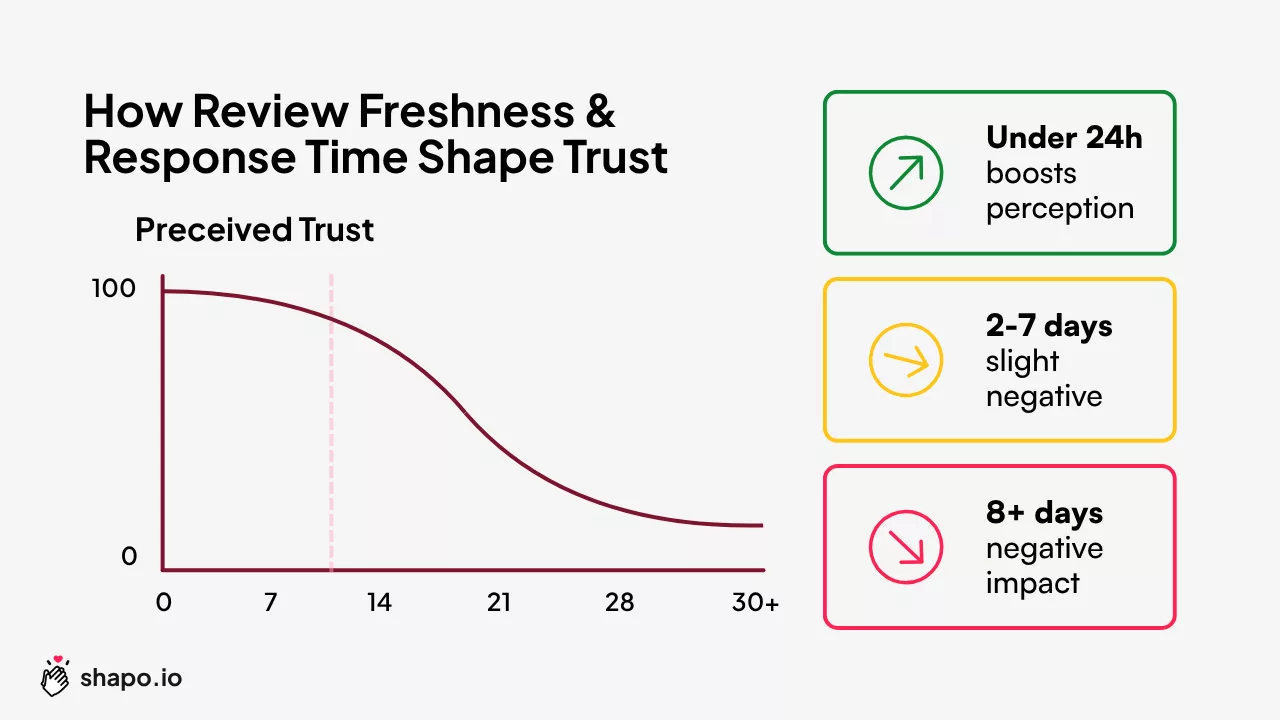
Impact of Google Reviews on SEO and Revenue
Local SEO contribution
- Reviews contribute ~10% of local ranking factors (LocaliQ). Signals include volume, velocity, diversity, rating, keywords in reviews, and owner responses.
3-pack advantage
- The local 3-pack drives ~126% more traffic and 93% more actions than positions 4-10 (SocialPilot). Reviews influence who makes the pack and who gets the click.
Conversion and revenue
- Reviews lift conversion rates 15%-20% (SocialPilot; WiserNotify).
- Positive profiles correlate with up to 8% revenue growth (SocialPilot).
- Customers are willing to spend 31% more with excellent reviews (Podium).
Platform Comparison – Google vs. Others
Usage snapshot (directional)
- Google is the dominant platform (primary discovery and maps).
- Many consumers still consult Yelp, Facebook, or TripAdvisor; figures commonly cited are ~45% for Yelp and ~25% for TripAdvisor/Facebook, with Google leading at ~63%+ usage (Trustmary).
Why diversify?
- Vertical influence: Yelp (restaurants), TripAdvisor (travel), Facebook (community/local groups).
- Risk management: Platform policy changes or visibility fluctuations.
- SEO breadth: Review diversity across authoritative platforms can reinforce E-E-A-T signals.
While Google dominates the review landscape, comparing platforms like Yelp, Facebook and TripAdvisor helps you decide where else to focus; our guide to the best review sites for each industry explains when diversification makes sense
Industry-Specific Google Review Insights
Healthcare
- Healthcare generates a large share of reviews; cited analyses note healthcare leading category share and that ~77% of patients use online reviews to choose a doctor (Guaranteed Removals).
Hospitality
- High transaction velocity leads to large review volumes (hotels averaging ~309) (Trustmary).
Automotive, home services, legal
- Reviews heavily influence initial outreach; consumers scrutinize recency and response quality due to high-ticket, high-risk purchases.
Tip: Tailor your cadence to booking cycles. For appointment-driven industries, automate post-visit requests within 24 hours while the experience is fresh.
Fake Reviews & Quality Control
What to know
- Roughly 11% of Google reviews may be fraudulent (SocialPilot).
- Google removed ~55 million policy-violating reviews in 2020 (SocialPilot).
To get an idea of the scale of the fake‑review problem (nearly a third of online reviews are fraudulent), see our deep dive into fake review statistics and what to watch for.
How to protect your profile
- Monitor anomalies: Sudden rating swings, clustered timing, identical phrasing.
- Report violations: Use GBP support to flag reviews that break policies (spam, off-topic, hate, conflict of interest).
- Avoid prohibited tactics: Paying for reviews, gating (only asking satisfied customers), incentivizing reviews.
- Build authenticity: Request from real customers, personalize asks, and never script content.
If you do spot reviews that violate Google’s policies, follow our step‑by‑step guide on how to delete or report a Google review.
People-Also-Ask: Quick Answers
What percentage of all online reviews are on Google?
About 57%-58%; Google’s platform share is often cited at ~73% (Sixth City Marketing; LocaliQ).
How many people read Google reviews before engaging with a business?
81% use Google reviews to evaluate local businesses; ~88% read them before choosing (Sixth City Marketing; SocialPilot).
How many Google reviews does the average business have?
~39 for the average local business; top-ranking businesses average ~47 (Trustmary; Sixth City Marketing).
What’s the ideal star rating?
The most trusted range is 4.2-4.5 stars; engagement stays high for 3-4-star businesses (Trustmary; Sixth City Marketing).
How recent should reviews be?
73% trust reviews from the last 30 days; 83% require recency for trust (Sixth City Marketing; Trustmary).
Do Google reviews affect local SEO?
Yes. Reviews contribute ~10% to local ranking factors and can lift conversions 15%-20% (LocaliQ; SocialPilot; WiserNotify).
How do reviews impact revenue?
Positive reviews correlate with up to 18% revenue uplift; customers may spend 31% more with excellent reviews (SocialPilot; Podium).
What fraction of Google reviews are fake?
Around 11%; Google actively removes large volumes of fraudulent content (SocialPilot).
How important is responding to reviews?
Very. 53% expect a response within a week, and 97% read responses (ReviewTrackers; LocaliQ).
Best Practices to Get More Google Reviews
Make it easy
- Create and share a short review link (Generate a shareable review link for your business in seconds with our Google review link and Place ID tool).
- Put QR codes at checkout, in receipts, and on thank-you cards.
- Offer a frictionless mobile path (most reviews are written on phones.)
Ask at the right moment
- Time requests within 24-48 hours of service or delivery.
- For multi-step services, ask after a clear “win” milestone.
- Staff scripts: Train your team to ask confidently and compliantly.
Use the channels customers prefer
- SMS works: Consumers strongly prefer text for quick actions; pair SMS with your direct review link (Podium).
- Email follow-ups: Keep messages short, personalized, and from a named staff member.
Compliant request workflow (no gating)
- Thank the customer.
- Ask for honest feedback.
- Provide direct link.
- Remind that it takes under 60 seconds.
- Optional “helpful prompt”: “What did you like about [speed/quality/value/team]?”
Boost response rates with psychology
- Social proof: “Your feedback helps neighbors choose with confidence.”
- Commitment: “It takes under a minute and helps our small team a lot.”
- Specific ask: “Tap the stars and add a sentence about your experience.”
Automate and measure
- Use review management software to trigger requests, route negative feedback to service recovery, and track volume, velocity, and rating trends.
- Set weekly targets per location and monitor rolling 30/90-day freshness.
If you need ideas for reaching the 40–50‑review benchmark, our guide on collecting customer testimonials provides step‑by‑step strategies and shows how testimonials can lift conversions by 270%.
Our email template library offers ready‑made scripts for requesting reviews at the right moment; check them out to improve your response rate
Responding to Reviews & Reputation Management
Response principles
- Be timely: Aim for 24-72 hours; within 7 days at latest (ReviewTrackers).
- Be human: Use names, acknowledge specifics, avoid canned replies.
- Be compliant: Don’t reveal private information; move issue resolution offline.
Templates
Positive review
“Thank you, [Name]! We’re thrilled you loved [specific detail]. We’ll share this with [team/tech]. See you again soon!”
Mixed/constructive review
“Thanks, [Name], for the balanced feedback. We’re glad [positive point] and will improve [issue]. I’m [Manager]; please contact me at [email] so we can make this right.”
Negative review
“Hi [Name], we’re sorry to hear about this. This isn’t the standard we aim for. I’m [Manager]; please reach me at [email/phone] so we can investigate and resolve this quickly.”
Use responses strategically
- Reinforce keywords and service themes naturally (“same-day repair,” “family dentistry,” “gluten-free options”).
- Highlight changes from feedback (“We’ve extended Saturday hours based on customer input.”).
To put these statistics into practice and learn how to respond to reviews, manage your star rating and build revenue, read our ultimate Google review management guide.
Tools Stack and Operations
Recommended capabilities
- Request automation (POS/CRM triggers, SMS/email).
- Centralized inbox for multi-location monitoring.
- Alerts for new/negative reviews.
- Reporting on rating, volume, velocity, and keyword themes in reviews.
- Review widgets for your website.
Embedding Google reviews on your site not only builds trust but also supplies fresh content for search engines—our guide shows you how to implement a Google review widget in minutes.
Conclusion & Key Takeaways
- Google commands the majority of online reviews ~57-58% and is the most influential platform for local buying decisions.
- Consumers value volume, quality, and especially recency; 73% trust reviews from the last 30 days; 83% require recency.
- Reviews drive real business outcomes—from local rankings (~10% factor) to 15%-20% conversion lifts and up to 18% revenue gains.
- Winning playbook: Always-on requests, fast and thoughtful responses, authenticity over manipulation, and consistent measurement.
Reviews are the starting point; managing feedback across channels is the key. Our customer feedback management guide walks you through a four‑step system to collect, analyse and act on feedback from Google and beyond.

